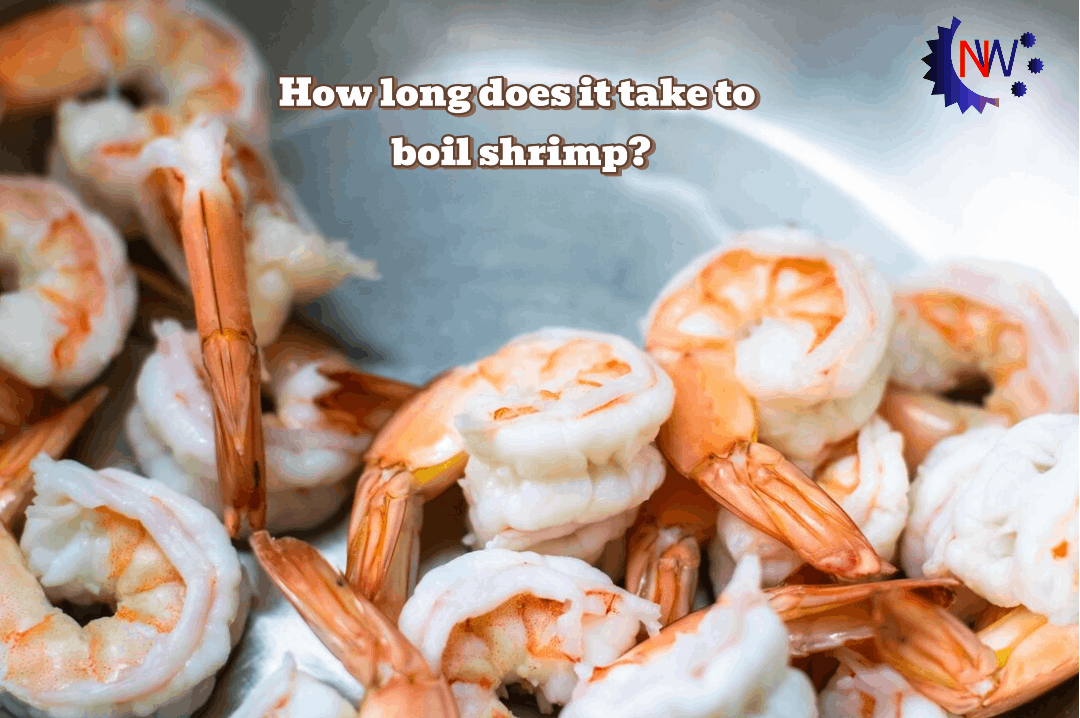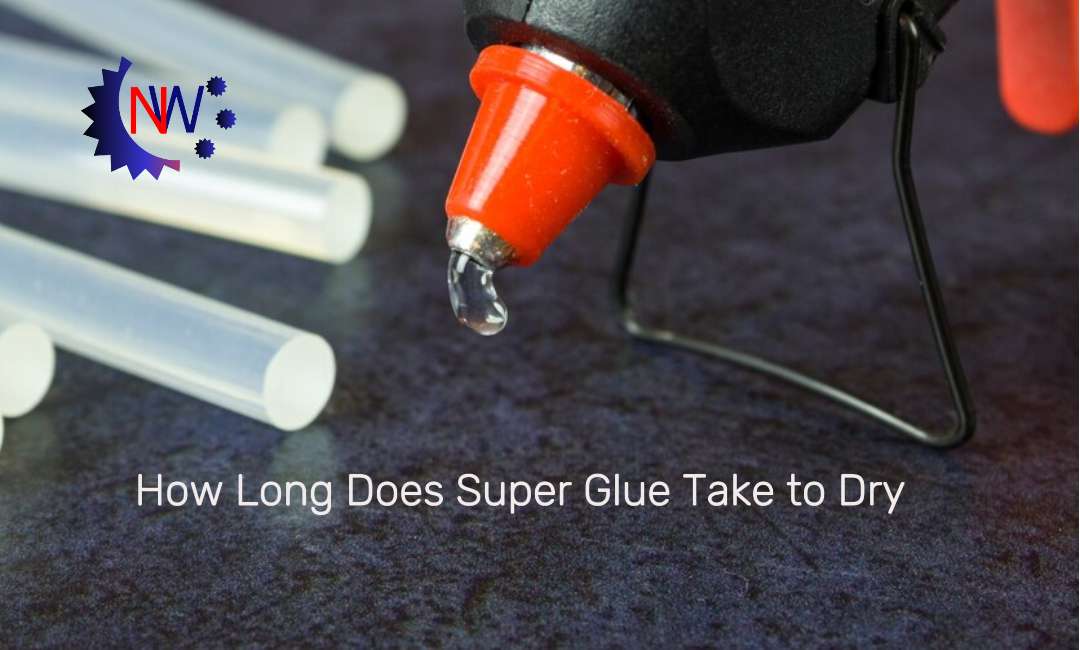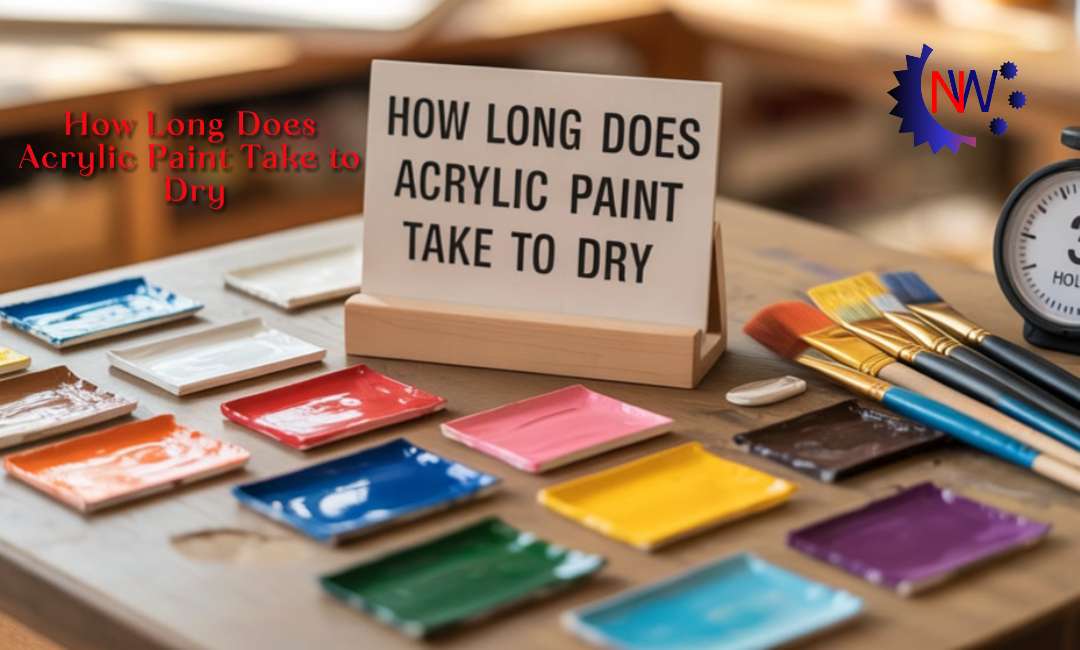How Long Does It Take to Become a Pharmacist? A Complete Guide to Your Pharmacy Career Path

If you’re interested in healthcare, science, and helping people, a career as a pharmacist might be the perfect fit for you. Pharmacists are essential members of the healthcare team, ensuring patients receive the right medications and understand how to use them safely. But how long does it take to become a pharmacist? What steps are involved, and what can you expect along the way? In this comprehensive guide, we’ll break down the entire process, from your first college class to your first day on the job as a licensed pharmacist.
1. Introduction: Why Choose Pharmacy?
Pharmacy is a respected and rewarding profession that offers a unique blend of science, healthcare, and patient interaction. Pharmacists are medication experts who play a vital role in patient safety, disease management, and public health. With the growing complexity of medications and healthcare systems, pharmacists are more important than ever.
If you’re considering this career, you’re probably wondering: How long does it take to become a pharmacist? The answer depends on your educational path, your goals, and where you plan to practice. Let’s explore the journey step by step.
2. What Does a Pharmacist Do?
Pharmacists do much more than just count pills. Their responsibilities include:
- Dispensing prescription medications and ensuring their safe use
- Advising patients on medication use, side effects, and interactions
- Providing immunizations and health screenings
- Collaborating with doctors and other healthcare professionals
- Managing pharmacy staff and operations
- Educating patients and the community about health and wellness
Pharmacists work in a variety of settings, including community pharmacies, hospitals, clinics, research labs, and the pharmaceutical industry.
3. Overview: How Long Does It Take to Become a Pharmacist?
In the United States, becoming a pharmacist typically takes 6 to 8 years after high school. Here’s a quick overview:
- Pre-pharmacy coursework: 2–4 years
- Doctor of Pharmacy (PharmD) program: 4 years
- Licensure exams: A few months after graduation
- Optional residency or fellowship: 1–2 years (for advanced practice or research)
Let’s break down each step in detail.
4. Step 1: Pre-Pharmacy Education (2–4 Years)
What is Pre-Pharmacy?
Pre-pharmacy refers to the undergraduate courses you need before entering a PharmD program. These courses provide a foundation in science and math, preparing you for the rigorous pharmacy curriculum.
How Long Does Pre-Pharmacy Take?
- Minimum: 2 years (if you complete only the required prerequisites)
- Typical: 4 years (if you earn a bachelor’s degree, which is common and sometimes preferred)
Common Pre-Pharmacy Courses
- General Chemistry
- Organic Chemistry
- Biology
- Anatomy & Physiology
- Microbiology
- Physics
- Calculus
- English Composition
- Social Sciences
Should You Get a Bachelor’s Degree?
While some PharmD programs accept students after 2 years of pre-pharmacy coursework, many applicants complete a 4-year bachelor’s degree. This can make you a more competitive candidate and gives you a backup plan if you decide not to pursue pharmacy.
Gaining Experience
During your pre-pharmacy years, it’s helpful to:
- Shadow pharmacists
- Volunteer or work in a pharmacy
- Get involved in science clubs or pre-health organizations
5. Step 2: Doctor of Pharmacy (PharmD) Program (4 Years)
What is a PharmD?
The Doctor of Pharmacy (PharmD) is the professional degree required to become a licensed pharmacist in the U.S. PharmD programs are accredited by the Accreditation Council for Pharmacy Education (ACPE).
How Long is Pharmacy School?
- PharmD programs are 4 years long.
- Some schools offer accelerated 3-year programs, but these are intensive and less common.
What Do You Learn in Pharmacy School?
PharmD programs combine classroom learning, laboratory work, and hands-on clinical experience. You’ll study:
- Pharmacology (how drugs work)
- Medicinal chemistry
- Pharmacy law and ethics
- Patient care and counseling
- Drug interactions and side effects
- Disease management
- Clinical rotations in hospitals, community pharmacies, and other settings
Clinical Rotations
The final year of pharmacy school is usually devoted to Advanced Pharmacy Practice Experiences (APPEs), where you work under the supervision of licensed pharmacists in real-world settings.
Getting Into Pharmacy School
Most PharmD programs require:
- Completion of prerequisite courses
- A competitive GPA (often 3.0 or higher)
- Pharmacy College Admission Test (PCAT) scores (some schools are now test-optional)
- Letters of recommendation
- Pharmacy or healthcare experience
- An interview
6. Step 3: Licensure and Exams
After earning your PharmD, you must become licensed to practice as a pharmacist.
Steps to Licensure
- Pass the North American Pharmacist Licensure Examination (NAPLEX):
- Tests your knowledge of pharmacy practice and patient care.
- Pass the Multistate Pharmacy Jurisprudence Examination (MPJE):
- Tests your knowledge of pharmacy law (required in most states).
- Meet state-specific requirements:
- Some states require additional exams or background checks.
How Long Does Licensure Take?
- Most graduates take the NAPLEX and MPJE within a few months of graduation.
- Once you pass, you can apply for your state license and begin practicing.
7. Step 4: Optional Postgraduate Training (Residency & Fellowship)
While not required for all pharmacy jobs, postgraduate training can open doors to advanced practice, clinical specialties, research, and academia.
Pharmacy Residency
- PGY-1 (Postgraduate Year One): 1 year of general clinical training
- PGY-2 (Postgraduate Year Two): 1 year of specialized training (e.g., oncology, pediatrics, critical care)
Residencies are highly competitive and often required for hospital, clinical, or academic pharmacy positions.
Pharmacy Fellowship
- 1–2 years of research-focused training, often for those interested in pharmaceutical industry or academia.
Total Time with Residency/Fellowship
- With residency: 7–10 years after high school
- With fellowship: 7–10 years after high school
8. Alternative and Accelerated Paths
0-6 or 0-7 Programs
Some universities offer combined programs where you enter directly from high school and complete both pre-pharmacy and pharmacy school in 6 or 7 years. These programs are competitive and require a strong academic record.
International Students
If you earned a pharmacy degree outside the U.S., you may need to complete additional coursework and pass the Foreign Pharmacy Graduate Equivalency Examination (FPGEE) before taking the NAPLEX and MPJE.
9. How Long Does It Take in Other Countries?
Canada
- Bachelor’s degree (optional): 2–4 years
- PharmD program: 4 years
- Licensure exams: After graduation
United Kingdom
- MPharm degree: 4 years
- Pre-registration training: 1 year
- Licensure exams: After training
Australia
- Bachelor of Pharmacy: 4 years
- Internship: 1 year
- Licensure exams: After internship
Summary Table
| Country | Education Path | Total Time |
| USA | 2–4 yrs pre-pharm + 4 yrs PharmD | 6–8 years |
| Canada | 2–4 yrs undergrad + 4 yrs PharmD | 6–8 years |
| UK | 4 yrs MPharm + 1 yr training | 5 years |
| Australia | 4 yrs BPharm + 1 yr internship | 5 years |
10. Frequently Asked Questions
Q: Can I become a pharmacist without a bachelor’s degree?
A: Yes, some PharmD programs accept students after 2 years of pre-pharmacy coursework, but many applicants have a bachelor’s degree.
Q: How competitive is pharmacy school?
A: Admission is competitive. Strong grades, healthcare experience, and good recommendations help.
Q: Do I need to complete a residency?
A: Not for all jobs. Community pharmacists usually don’t need a residency, but hospital and clinical positions often require one.
Q: How much do pharmacists earn?
A: According to the U.S. Bureau of Labor Statistics, the median annual wage for pharmacists in 2023 was about $132,000, but this varies by location and setting.
Q: Is pharmacy a good career?
A: Pharmacy offers job stability, good pay, and the chance to help people. However, the job market is competitive in some areas, and the role is evolving.

11. Tips for Aspiring Pharmacists
- Start early: Take science and math courses in high school.
- Get experience: Volunteer or work in a pharmacy to see if it’s right for you.
- Network: Join pre-pharmacy clubs and connect with current pharmacy students and professionals.
- Stay organized: Keep track of prerequisites, application deadlines, and required exams.
- Prepare for interviews: Practice answering questions about your motivation and experience.
- Stay informed: The pharmacy profession is changing—keep up with new roles, technology, and regulations.
12. Conclusion
Becoming a pharmacist is a significant commitment, but it’s a rewarding journey for those passionate about healthcare and science. The process typically takes 6 to 8 years in the United States, including pre-pharmacy coursework and a four-year PharmD program, plus licensure exams and optional postgraduate training. The path may be shorter or longer depending on your choices and where you study.
Pharmacists are trusted healthcare professionals who make a real difference in people’s lives. If you’re ready to take on the challenge, start planning your path today. With dedication, hard work, and a love for learning, you can achieve your goal of becoming a pharmacist and enjoy a fulfilling, impactful career.gum disease




